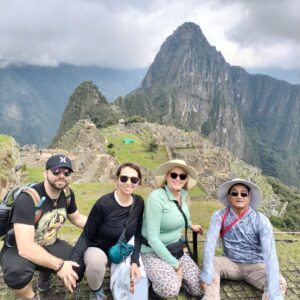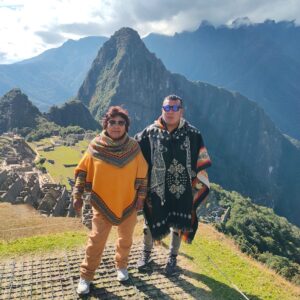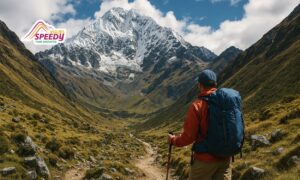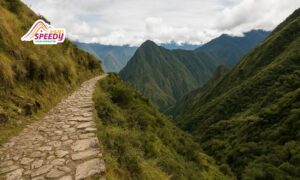The Andes, with its breathtaking landscapes and ancient Incan trails, is a dream destination for many. However, its high-altitude environment presents challenges to travelers unaccustomed to such heights. Altitude sickness, also known as acute mountain sickness (AMS), can be a concern. Let’s delve into understanding altitude sickness, its symptoms, prevention, and how you can best prepare for your journey to the Andes.
1. Understanding Altitude Sickness
Altitude sickness occurs when you cannot get enough oxygen from the air at high altitudes. This can happen if you travel to a place with a higher altitude than you’re used to, making places like Cusco and Machu Picchu potential areas of concern.
Symptoms of Altitude Sickness
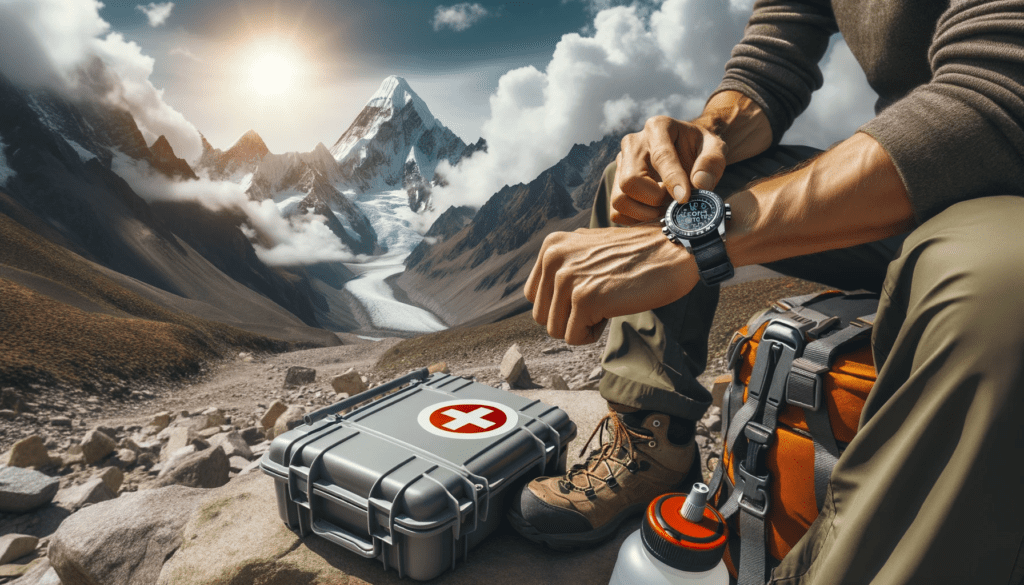
- Headache
- Nausea and vomiting
- Dizziness
- Fatigue
- Shortness of breath
- Difficulty sleeping
Who is at Risk?
Anyone can develop altitude sickness, irrespective of their age, physical fitness, or previous experience at high altitudes.
2. Preparing for Your Journey to the Andes
Pre-Trip Medical Consultation
Before embarking on your trip, it’s essential to consult with a healthcare provider. They can offer advice tailored to your health profile and may prescribe medications like Acetazolamide to prevent AMS.
Gradual Acclimatization
When you arrive in the Andes, particularly in places like Cusco, give your body time to adjust. Spend a couple of days at a moderate altitude before ascending to higher altitudes.
3. Recognizing and Responding to Symptoms

If you or someone in your group starts showing mild symptoms of altitude sickness, it’s crucial not to ascend further. Rest, stay hydrated, and monitor symptoms. If they worsen, descend to a lower altitude and seek medical attention.
4. Prevention is Key
Stay Hydrated
Drinking plenty of water helps your body adjust to higher altitudes. However, avoid alcohol and caffeine as they can lead to dehydration.
Eat a Balanced Diet
Focus on a diet rich in carbohydrates. Foods like potatoes, bread, and pasta can be particularly helpful.
Avoid Rapid Ascents
If possible, don’t fly directly into high altitudes. Instead, start your journey at a lower altitude and ascend gradually.
Consider Medication
As mentioned earlier, medications like Acetazolamide can help prevent AMS. Talk to your doctor about whether this is right for you.
5. What Viajes Speedy Offers
Viajes Speedy understands the concerns travelers might have regarding altitude sickness. Our tailored itineraries ensure gradual acclimatization, and our local guides are trained to recognize and respond to AMS symptoms. We prioritize your health and safety, allowing you to focus on the beauty and history of the Andes.
6. In Conclusion
Altitude sickness is a genuine concern for travelers to the Andes, but with proper preparation, awareness, and support from experienced tour operators like Viajes Speedy, you can have a memorable and safe adventure.
Ready to explore the majestic Andes with health and safety as a priority? Book your trip with Viajes Speedy today!


